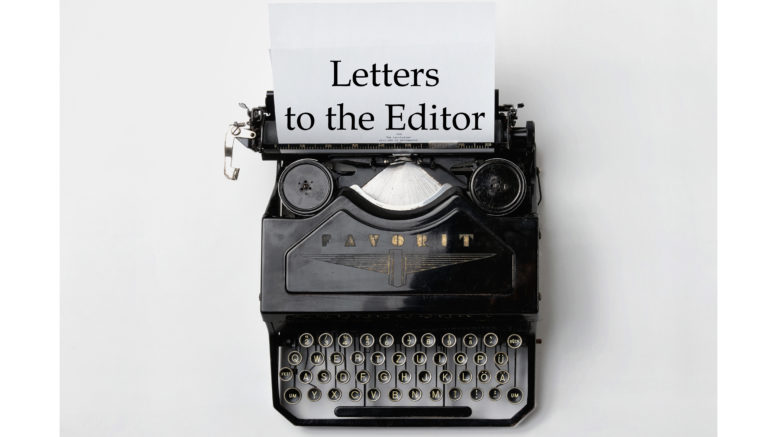Letters to the Editor do not reflect the opinions of The Reporter, its publisher or its staff. You can submit your own Letter to the Editor by email to News@ReadTheReporter.com. Please include your phone number and city of residence. The Reporter will publish one letter per person per week.
Dear Editor:
By the time the city gets done with it, Pleasant Street will be neither pleasant nor a street, which is becoming evident as wholesale destruction of homes and business shifts into high gear. The carnage is breathtaking as our own city mows down a neighborhood in the service of traffic flow.
I’ve been reading, in the Reporter and elsewhere, the lamentations of those who will miss El Camino Real, the Mexican restaurant that closed last week rather than rebuild once the city takes its land. People have fond memories of the place, forged over a generation, which is what happens when you have locally owned institutions that provide good value and take care of their customers.
It was revealed in this paper last week that the city offered the owners $550,000 to relocate, which seems like a generous offer, but the owner declined to rebuild elsewhere, which is a lesson for the city: money can’t buy everything. I don’t know all the details of that interaction, but I do know that moving to a strip center would be a huge loss for El Camino and the community.
It’s a vibrant, urban intersection at 10th and Pleasant streets. It has restaurants on three corners and had an office (now demolished) on the fourth, with a church less than a block away. Immediately adjacent to the businesses were homes. It’s the kind of mixed use, walkable neighborhood that fell out of favor in the second half of the 20th century but is regaining popularity now that people are realizing how attractive it is.
For pedestrians, the intersection is manageable. There are only two to three lanes of traffic in any direction. You can cross any street when the light changes in less than 10 seconds. It’s also manageable for cars. The light changes frequently so traffic seldom backs up more than one light cycle. Lefthand turns were restricted a few years ago on Pleasant, but the blocks are short, so it’s easy to take alternate routes. Two of the three restaurants have outdoor dining.
The scale of the intersection is darn near perfect. It handles car traffic efficiently, is friendly to pedestrians and encourages interaction. It is a community asset, the kind of “place” cities are trying to create when they pursue “placemaking.” It fosters the kind of community engagement people are seeking when they move to Noblesville or other similarly sized cities. On more than one occasion I have had the pleasure of rolling down my car window while stopped at the light and hailing friends on El Camino’s patio enjoying an enchilada or pitcher of margaritas. That only happens if traffic stops on occasion and people and cars are in close proximity. It’s a design decision that prioritizes interpersonal engagement. We used to build all our cities that way. Now we have to be intentional or it doesn’t happen.
So while most communities are actively seeking that kind of development (as they should be), we are bulldozing it to make room for a road. And to make things worse, we have stopped building intersections on that scale, so we’re losing the kind of development that people move here for. I think that’s what people are lamenting when they’re sorry to see El Camino or Dairy Queen go. The scale of that intersection and its mixed-use character promote the kinds of interactions that give Noblesville its personality and that will be gone when the four-lane thoroughfare with the roundabout arrives.
I’ve heard the apologists claim that Noblesville has to move forward or it will fall behind. No doubt that’s true. But progress ought to make things better, ought to improve our neighborhoods and the quality of life for local taxpayers. This project does none of that.
It doesn’t have to be this way. This kind of development is not inevitable. It’s the result of poor decision-making. Examples abound worldwide of small cities that manage to make progress without damaging their character. People aren’t opposed to change, they’re opposed to the kind of change that makes things worse, that detracts from their quality of life and discourages the kind of community interaction that makes Noblesville appealing.
That has been pointed out to those currently running the city, but they’re not listening – in fact, they’re not interested in hearing other points of view. As one of my old professors used to put it, “They don’t know what they don’t know.”
Mike Corbett
Noblesville


They should have taken 238 west across river to cherry tree and 171st to mill creek
What a shame is the loss of old neighborhoods that were close enough for good neighboring and walking to businesses. The older homes were well built with good material compared to the new subdivision homes with cheap expensive material. And the loss of the older shade trees to the heat of concrete and traffic noise. When you build it, the noisy vehicles will come.